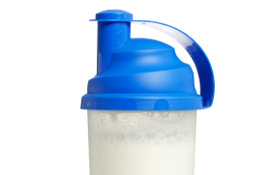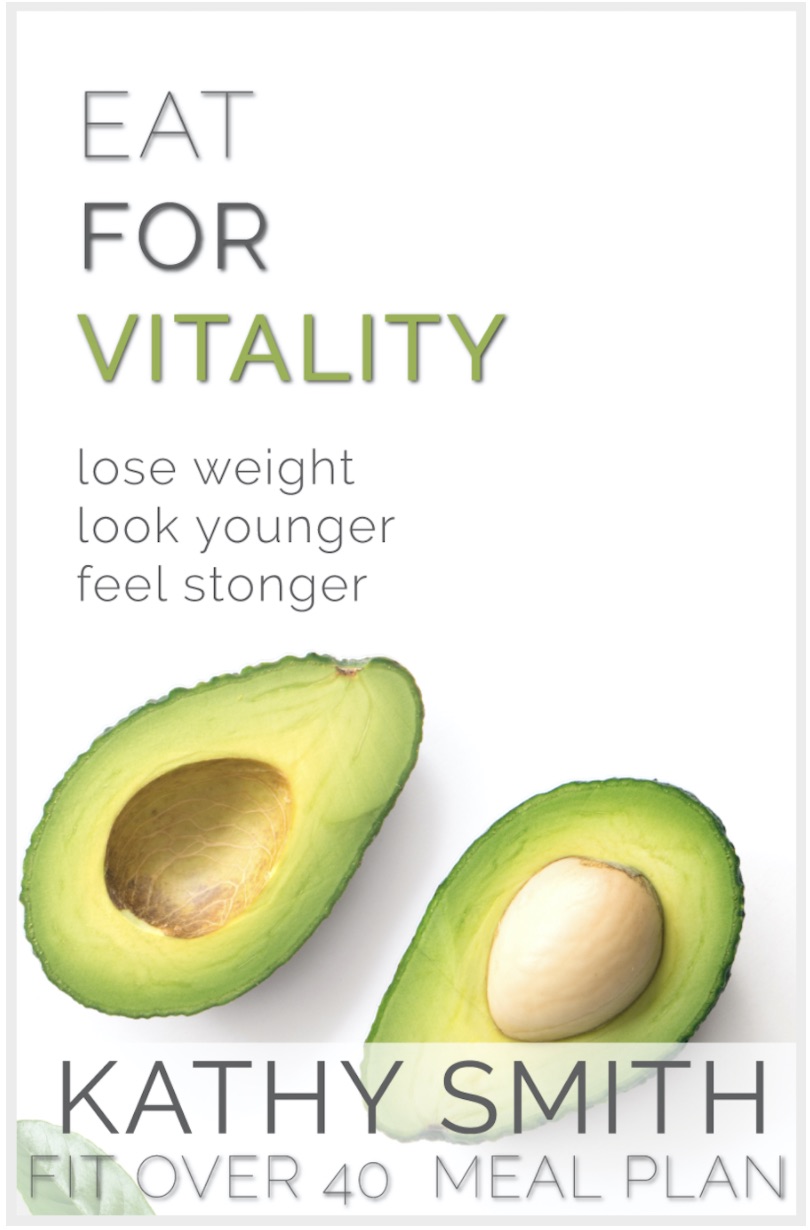Which Whey and Why? The ultimate protein powder guide

Do you Protein Shake? I recently had some laughs with friends when I was asked if stranded on a deserted island, which one item could I not live without? My answer? A blender – for protein shakes, of course!
Granted, plenty of more important things in life exist than a blender. But, I’m a firm believer that good protein shakes are the cornerstone of any healthy eating plan. If you do not protein shake, and the concept sounds less than appetizing to you, trust me: This just means you don’t have the right recipe. Not only are proper protein shakes chock-full of nutrients and amino acids (with ingredients that can contribute to muscle growth, weight loss and overall health), but with the right combination of ingredients, they’re mouth-wateringly delicious too.
Check out one of my favorite shakes:
Just follow these simple steps to create the perfect protein shake:
*Whey is The Way to Go* The foundation of a protein shake is, well, protein. And, knowing the difference between whey, soy, hemp, vegan, and a host of other options can be a little overwhelming.
When it comes to soy protein, the isoflavones can raise estrogen levels, which may negatively impact thyroid function and could lead to negative side effects. I recommend using the Kathy Smith Protein Shake.
A little soy is fine, but there’s already so much of it in our American diet that I recommend skipping the powder version. Egg white protein, of course, is a good non-dairy option. And, there are plenty of other protein powders that are completely vegan and soy-free. But, as long as you don’t have an aversion to dairy, whey protein is the clear winner.
*Why Whey?* Many nutritionists call whey the “fast” protein. The body breaks it down quickly, which makes it more easily digestible. And, while it is derived from milk, a good high-quality whey protein is low in fat and lactose, so it’s generally considered safe even for lactose intolerant people. (If this is a concern, though, you should of course discuss this with your doctor before trying whey.) Whey is also high in amino acids, the building blocks for healthy muscle tissue.
*Isolate vs. Concentrate* When choosing a whey protein, look for whey protein “isolate” instead of whey protein “concentrate.” Isolate is a higher-quality, more purified version that has been treated to remove most of the fat and lactose, whereas the cheaper concentrate version can be higher in fat and carbs, not to mention on the clumpy side.
*The Vegan Option* Great brands like Vega offer protein powders that are packed with the same amino acids found in whey and animal products, but are vegan and soy-free – a good option for anyone who wants to increase their percentage of plant-based nutrients.
*Make Sure You Ace Your Base* The liquid base of your protein shake can make or break its nutritional value. Skip sugary juices (you’ll get fruity sweetness from your other ingredients – more on that later) and instead try a low-calorie option. I love almond milk because of its creamy texture and great taste. Milk is a fine option, too – but keep in mind that even 2% can ad unwanted extra calories. Another delicious base you may not have considered: Green tea. When it’s iced and unsweetened, green tea is delicious, calorie-free and loaded with antioxidants. (Not to mention a hint of caffeine for an added little burst of energy.)
*Mix Up Your Mixers* Your preferred extra ingredients are the icing on your protein shake. You can’t beat fresh fruit, but when it comes to smoothies, frozen fruit provides a thick, icy texture (and is far less expensive). On your next trip to Costco, load up on frozen bags of strawberries, blueberries, raspberries, blackberries and even mango and pineapple. They can stay frozen as long as you need, and the more options you have, the more delicious concoctions you can create! I also add a teaspoon of flaxseed oil to my shakes – not just for its creamy texture, but because it adds an extra boost of heart-healthy Omega 3 fatty acids.
Now, get ready to protein shake!!


Thanks Kathy, I will be getting back to my shakes after my baby is born any day now. I will be nursing the baby and I wanted to find out if you knew safe isolate protein to use while nursing. Thanks, Sharon
Thanks for the info Kathy. I have issues with lactose intolerance, and the local health food store pushes the soy protein for intolerance like mine. Not wanting to consume too much soy, I find that the whey protein powder, coupled with lactaid milk and a couple lactaid tablets make a good shake – then I add the fruit in season of course.
Hello! Im 27 yr old female.
I have this querry related to protein powder/shake, and didnt get where to post it! Maybe here.. Isnt it better to consume protein from natural foods (like eggs, milk, chesse, yogart, white and red meat, beans etc) instead of protein powder. Is that healthy? Im doing excercise and healthy diet for ‘weight loss’ and at the same time wanting to gain muscle inorder to get the benifits associated with it. I use many of ur dvds including ‘Lift wts to Lose wt’ and have gained some muscle. But i cant find any ‘proper’ protein powder in my region. I really feel like using whey powder by reading such articles but people around me say thats not much healthy and i would get big muscles like bodybuilders and i should only stick to (protein from) natural food. I rely on food only. Is that enough? Or you think we wont get enough protein from just the food?